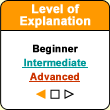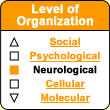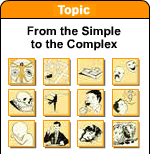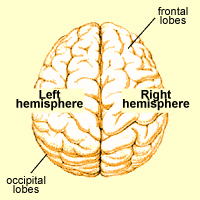|
|
| Funding for this site is provided by readers like you. | |
|
|
|
|
|||||
|
|
|||||||
|
|
|
|
| |
Fewer Glial Cells Than You Might Think?
|
|
The brain has the size and appearance of a small cauliflower. But thanks to its 86 billion nerve cells (and as many glial cells), we can think, plan, talk, imagine, and so much more.
|
| |||||||||||||||||||||||||||||||||||||||||||||||||||||||||||||||||||||||||||||||||||||||||
The Brain and Body Are Really One, Especially When It Comes to Emotions |
The brain is something like the body’s control tower. It must be kept quickly informed of the body’s needs and of the resources available in the environment to satisfy them. For this purpose, the brain relies on a vast network of “wiring” distributed throughout the body: the nerves. Together with the brain and the spinal cord, the nerves constitute the nervous system. To distinguish the control centres from the information pathways, we divide the nervous system into two sub-systems (to see them, run your cursor over their names in the following diagram):
|
| |
|
|
|
|
|
|
|
|






